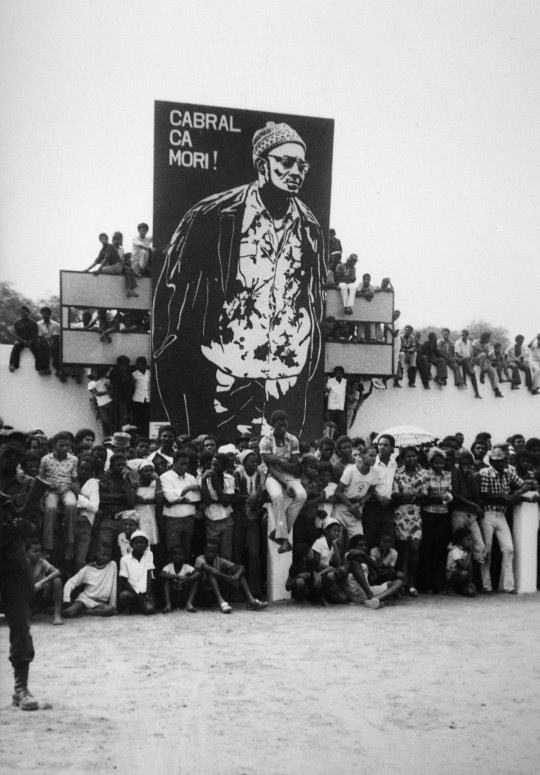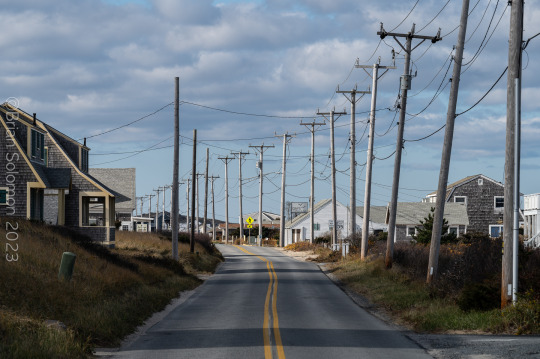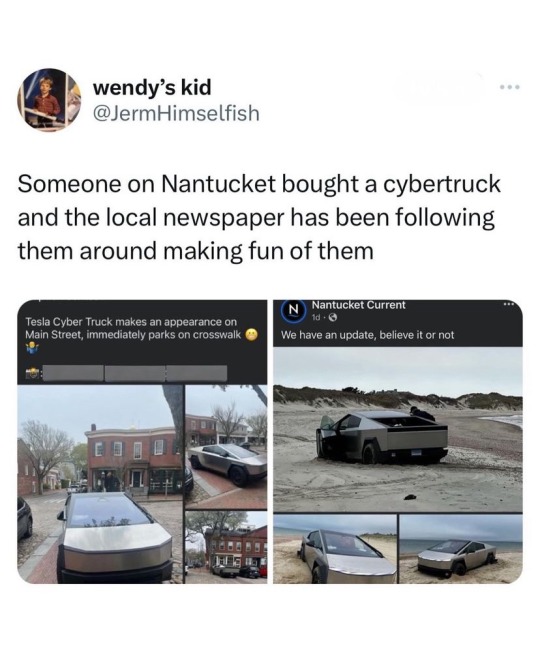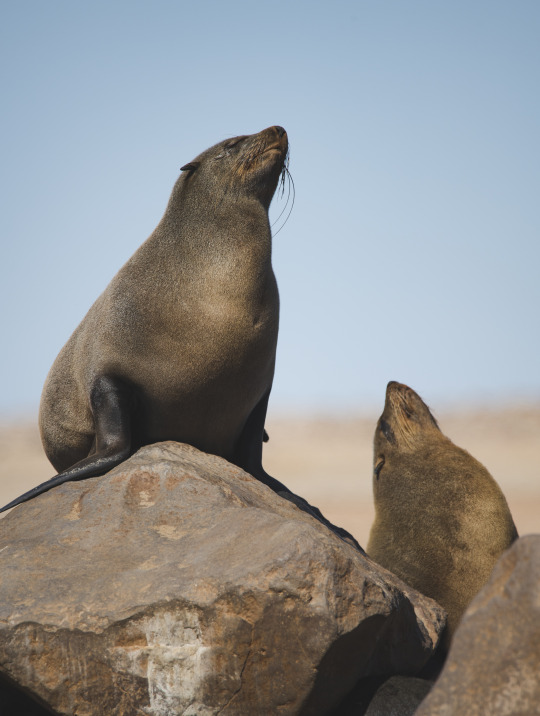#cape colony
Explore tagged Tumblr posts
Text

South Africa in July 1885
65 notes
·
View notes
Text
"At the end of 1809, a group of prisoners escaped from Robben Island probably using a whale boat to reach the mainland. The escapees included both Stuurman brothers and their two companions. After splitting up to help avoid detection, Bootsman Stuurman was recaptured. However, David Stuurman, Michiel and Wildschut, managed to rejoin the Xhosa. A long stand-off ensued, during which time Governor Cuyler tried to entice Stuurman to surrender but to no avail. Stuurman lived among the Xhosa throughout the fourth and fifth frontier wars and was not recaptured until near the end of 1819 after being at large for a decade.
Stuurman was returned to Robben Island at the end of December 1819. Following another escape in August 1820, Stuurman was recaptured and sentenced to be transported for life to New South Wales. After being forced to watch as some of his surviving fellow escapees (some died during the attempt) were flogged, branded or hanged, Stuurman was returned temporarily to Robben Island until room could be found on a convict transport to convey him to the Australian penal colonies. Under the Dutch, it had been possible for Cape Colony officials to banish miscreants. But under the English, the option of transporting convicts to the Australian penal colonies became a possibility. As early as 1815, Governor Somerset at the Cape requested permission from London to have people transported from the Colony to New South Wales. In response, the Admiralty instructed convict transports to stop at the Cape.7Cape Colony courts found transportation a particularly attractive option in dealing with its various non-European populations. Sending Khoisan, slaves and others across the ocean with little hope of ever returning home provided a much more exemplary punishment than simply shipping them to Robben Island, in sight of Table Bay. Even a sentence to seven years’ transportation to the Australian penal colonies effectively became a life sentence. The few Australian Aboriginal convicts who survived incarceration were repatriated when their sentence expired, but Khoisan were simply left to their own devices.
Overcrowding and illness on convict transports meant that it could be a long wait between sentencing and the sentence of transportation actually being carried into effect. Stuurman remained at the Cape following his 2 September 1820 trial through to February 1823 when the Brampton arrived at Table Bay. The transport had sufficient room to take on board convicts from the Cape.
Another of the fourteen convicts loaded onto the Brampton with Stuurman was also described as a ‘Hottentot’, Jantje Piet, convicted for murder. Piet was to have been executed on 29 April 1820, but the Governor of Port Elizabeth, Sir Rufane Donkin, ‘did not think it decorous’ to carry the sentence into effect because this was the day on which the accession to the throne of King George IV was proclaimed at the Cape of Good Hope. Instead, Donkin granted the man a respite and wrote to Earl Bathurst, Secretary for War and the Colonies, for consent to have Piet’s sentence commuted to transportation to New South Wales.
On 28 July 1822, the Brampton sailed from London under the command of Master Sam Moore, a violent and abusive man, and with Surgeon Superintendent Morgan Price on board. Its cargo was to comprise Irish men under sentences ranging from seven years to life, as well as several free settlers. Most were from the labouring classes, with occupations ranging from errand boy, shearer and ploughman to brogue maker, music dancing master and linen weaver. Some were known to be rebels. Many had already spent a considerable time in gaol prior to departing from the Cove of Cork on 8 November 1822. The convicts were guarded by a detachment of the Third Regiment (Buffs) during the voyage."
- Kristyn Harman, Aboriginal Convicts: Australian, Khoisan and Māori Exiles. Sydney: University of New South Wales Press, 2012. p. 156-157.
#robben island#cape colony#khoisan#new south wales#penal colony#convict transportation#carceral islands#settler colonialism#settler colonialism in australia#british empire#academic quote#australian history#south african history#indigenous people#aboriginal australian#aboriginal convicts#history of crime and punishment#reading 2024
2 notes
·
View notes
Text
For #InternationalChameleonDay :



Chameleons by Robert Jacob Gordon (Dutch, 1743-1795), from The Gordon African Collection, 4 albums of natural history illustrations made during his Cape Colony (South Africa) expeditions (1777-86). Now in the Rijksmuseum collection.
1. Chamaeleo namaquensis (Namaqua Chameleon) RP-T-1914-17-99
2. Bradypodion pumilum (Cape Dwarf Chameleon) RP-T-1914-17-101
3. Bradypodion pumilum in three poses (Cape Dwarf Chameleon) RP-T-1914-17-100
drawings on paper, H 660mm × W 480mm ea.
#animals in art#animal holiday#chameleon#chameleons#International Chameleon Day#Cape Dwarf Chameleon#Namaqua Chameleon#lizard#lizards#African animals#natural history art#scientific illustration#historical sciart#colonial art#Robert Jacob Gordon#The Gordon African Collection#Rijksmuseum#drawing#works on paper
22 notes
·
View notes
Text

#SEALS#CAPE FUR SEALS#SUNBATHING#CAPE CROSS#NAMIBIA#NAMIBIAN#NAMIBIAN COAST#COAST#CAPE CROSS NAMIBIA#AFRICA#AFRICAN COAST#WILDLIFE#SEAL COLONY#BOKEH#SKELETON COAST#SKELETON COAST NAMIBIA#SKELETON COAST AFRICA#NATURE#OCEAN#WILDLIFE PHOTOGRAPHY#SILHOUETTES#TRAVEL PHOTOGRAPHY#ANIMAL#ANIMALS OF AFRICA#ANIMAL PHOTOGRAPHY#NATURAL WORLD#OUTDOOR PHOTOGRAPHY#WILD#SEAL#TRAVELS
9 notes
·
View notes
Text

Cape Verde's independence ceremony on July 1975.
17 notes
·
View notes
Text


Sketches of Kabula, head of the Titan's Guard. She is astute, imposing, and fiercely loyal to her titan and cityspeaker, which she expects the same of for all her troops. Her strength alone makes her a one mech force, striking apprehension into the ill-willed. Her jobs consist of patrolling the capital, communicating with district leaders, and answering calls for assistance. On some occasions, she ventures into the Darklands, combating the colony's forsaken kind on a quest to bring all of them to justice. All of these merits make her deserving of the colony's greatest warrior.
If she is doing none of these duties, then she is at the cityspeaker's side as her personal bodyguard. After the death of the original, she became part of the security measure to make sure such a horrific loss would never happen again. Though she respects and admires the captain, Tympani wishes Kabula didn't treat her with extreme alertness.
#cjj arts#cjj ocs#thalamhan#maccadam#transformers#transformers fan colony#captain kabula#on her cape is the symbol of the titan's guard#it's a spear surrounded by the four horns/eyes of the titan#tw bug
125 notes
·
View notes
Text




















Newfoundland was reverted to being a crown colony of Great Britain on December 21, 1933.
#Newfoundland#reverted#crown colony#21 December 1933#anniversary#iceberg#Green Bay#King's Point#Atlantic Ocean#Canadian history#travel#vacation#summer 2015#architecture#landscape#seascape#cityscape#Canada#tourist attraction#Grand Falls-Windsor#Exploits River#Gambo River#Stephenville#Deer Lake#St. John's#Cape Ray#ship#Clarenville#Corner Brook#original photography
3 notes
·
View notes
Text
A fact about me is that I love penguins. I’m busy depleating Cape Town of its penguin merch at this moment.
Check out more penguins:










3 notes
·
View notes
Text
Tracing Vestiges of the Old Colony Railroad on Cape Cod.
On our November visit to Cape Cod this year, Kris and I spent a day photographing beaches and tracing the route of the Old Colony Railroad line that once ran all the way to the pier at Provincetown, Massachusetts. The railroad was abandoned decades ago and most of the infrastructure was scrapped or recycled. However, in places it’s possible to see evidence of the old right-of-way, or at least…

View On WordPress
2 notes
·
View notes
Text
Oron and Yumi :DD

2 notes
·
View notes
Text
Some Great Early Gloucester Houses
I feel like I should know more about Gloucester, the port city about a half hour to the north of Salem. I have quite a few Salem friends who have summer homes in Gloucester, or have moved to Gloucester, or just go to Gloucester often: it’s like an escape hatch of sorts. 1623 marks Gloucester’s 400th Anniversary, and I have been super impressed with the city’s commemoration efforts: they are…

View On WordPress
#Architecture#Cape Ann Museum#Colonial Architecture#Edwin Whitefield#Essex County#Gloucester#great houses#road trips
3 notes
·
View notes
Text
Nantucket island is so fucking small that you can't run.


sorry but this is so fucking funny. massachusetts can have some rights. as a treat
#resident cape codder.#Nantucket is a posh rich tourist trap with nothing to do.#the entire economy of cape cod marthas vineyard and nantucket is catering for tourists. building houses for rich celebrities.#who only stay for 3 months during the summer because the rest of the season is cold and disgusting.#either you grow up running a shitty fish and chips restaurant that closes for 9 months. or you go to a tech school.#to get into carpentry and plumbing so that you can fix the mouldy houses for rich people that you can't afford.#these islands DIE in the winter. its isolated depressing and i've heard of nothing but overdoses and suicides from the kids living there.#only real culture is in provincetown which is a fully out lgbtq+ art colony and it fucking rules.#drag shows sex shops art galleries and theatre acting#met a really nice bear dude at the leather shop that gave me my first leather cuffs even though i was so nervous.
39K notes
·
View notes
Text
For #NationalAardvarkWeek:




Aardvarks by Robert Jacob Gordon (Dutch, 1743-1795), from The Gordon African Collection, 4 albums of natural history illustrations made during 4 expeditions to the Dutch Cape Colony (South Africa) from 1777-86. Now in the Rijksmuseum collection.
#aardvark#mammals#African animals#African wildlife#natural history#natural history art#scientific illustration#Dutch art#European art#18th century art#colonial art#Dutch Cape Colony#Robert Jacob Gordon#South Africa#Africa#illustration#works on paper#Rijksmuseum#National Aardvark Week#Aardvarks Aare Aawesome#animals in art
14 notes
·
View notes
Text

#seals#cape fur seals#sunbathing#cape cross#namibia#namibian#namibian coast#coast#cape cross namibia#africa#african coast#wildlife#seal colony#skeleton coast#skeleton coast namibia#skeleton coast africa#nature#ocean#wildlife photography#travel photography#animal#animals of africa#animal photography#natural world#outdoor photography#wild#seal#travels#travel blog
11 notes
·
View notes
Text
Your STUNNING Destination Wedding on a South African Slave-Worked Vineyard
AKA THIS HAPPENS HERE TOO



The Western Cape was the only region in South Africa that had enslaved people shipped in (from the Dutch East) auctioned, bought for plantation work. The enslaved people worked the huge picturesque vineyards and fruit farms of the region. The wineries are still there, people love holidaying at them, getting married at them.
The group of folks descended from the slaves still have massive socio economic set backs, the poorest indicators of any demographic in the country in certain areas (health, education, employment). One of the ways they were enslaved was through a system of addiction (called the Dop or Tot system), where they were fed alcohol rations every work day. The children of the enslaved people also began working very very young and were also fed alcohol rations. To this day, this population has one of the highest rates of fetal (foetal) alcohol syndrome (FAS/FASD) in the world.
One of the vineyards forces you to hear about the enslaved population who worked it. You go for a wine tasting and they have a descendent from that very population talk you through your wines and your history, it also has a free museum dedicated to their lives and work, and splits its profits to go to a fund for supporting the population breaking the cycle of poverty. Despite being a small label, it persuaded (and shamed?) other wineries into contributing to the fund. But yeah, a lot of people don’t like showing up for a wine tasting only to have it come with an info session on slavery in the wine region. That little winery has just been bought by some Americans but they seem dedicated to keeping the community enrichment and museum going. At least, they’re saying the right things, for now. I am hopeful.
But yeah, white South Africans and white foreigners looooove getting hitched at these sites of incredible human misery and subjugation. To be fair, this is not super common information in South Africa, especially outside of the region. I hope that many of the people simply don’t know that these places were, essentially, slave plantations.
Quick basic links:
btw its actually crazy that plantation tours are a thing that exist in the u.s. and that theyre not all set up like memorials similar to concentration camp museums like how is this marketed as a chill tourist activity or wedding destination and not extremely disturbing and depressing to see. worthless country
#history#slavery#south african history#southern african slave markets#South African cape colonies#slave trade#enslaved people#the dop system#fetal alcohol syndrome#foetal alcohol syndrome#destination wedding#vineyard weddings#plantation weddings#Western Cape#South Africa#South African fruit#South African wine#solms-delta#breede valley#franschhoek#stellenbosch#paarl#ceres#colonialism#colonial violence
32K notes
·
View notes
Text

















Captain James Cook began his third voyage on July 12, 1776.
#James Cook by Luben Boykov#the Butcher#USA#white colonialism#original photography#Corner Brook#Newfoundland#Canada#2015#summer 2017#travel#vacation#tourist attraction#landmark#cityscape#landscape#seascape#Atlantic Ocean#Oregon#Captain James Cook Historic Site#Captain James Cook#started#third voyage#12 July 1776#anniversary#history#Cape Foulweather#Pacific Ocean#beach
4 notes
·
View notes